5 Ways to Increase Ecommerce Conversions

Online retailers tend to put a lot of resources into customer acquisition initiatives because driving traffic to your website is half of the conversion battle.
In order to capitalize on acquisition efforts, however, retailers must ensure that their ecommerce site is easy to navigate and provides an engaging experience that encourages customers to complete their purchases. Fortunately, there are many ways that retailers can optimize their websites for conversions, including the five strategies outlined below:
1. Offer better customer service.
It is pretty common for ecommerce merchants to offer customer service solutions like live chat on their websites, but it is not enough to simply feature a live chat call-to-action (CTA) on the landing page. In fact, a recent Moxie Software survey reveals that 72 percent of respondents want brands to proactively engage with them online - especially when they are struggling on a website. Because of this, merchants should optimize their proactive chat strategies for better consumer engagement.
For instance, retailers could set a proactive chat trigger for customers who have loaded up their carts with products and have a significantly higher shopping cart value than the average customer. By launching a proactive chat in this situation, customer service agents can answer any questions and help guide the customer toward completing the sale rather than abandoning their cart.
2. Close the gap between the product page and the sales shelf.
While offering superior online customer service is one way merchants can close the gap between traditional and digital shopping, another area that needs attention is the product page. The product page, after all, is like the virtual store shelf, and oftentimes where consumers make their purchasing decisions.
To steer consumers toward conversion on the product pages, merchants need to offer high-quality product images, multiple product views and other technology, such as product videos and/or virtual fitting rooms, to help consumers make their decisions. Women's apparel retailer White House Black Market, for instance, not only features multiple views of its products, but also a brief video that shows the product being worn by a real person. This video can be all the motivation a consumer needs to convert.
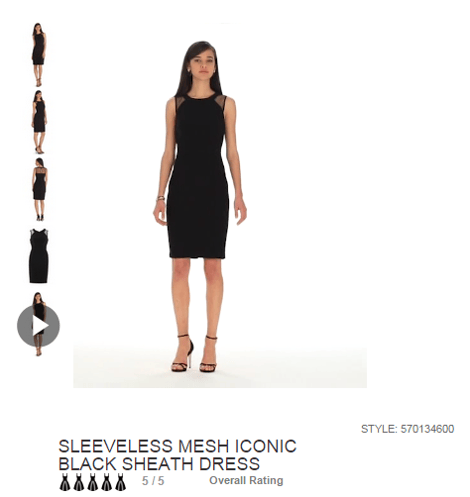
In addition to unique product views, retailers can feature virtual fitting room technology on their sites to help consumers feel more confident in their purchasing decisions. Nordstrom is an example of a retailer that does this via the "True Fit" feature on its product pages. With this feature, consumers can create a True Fit profile based on their body's measurements. This data enables True Fit to provide consumers with personalized sizing recommendations for nearly every product on Nordstrom.com.
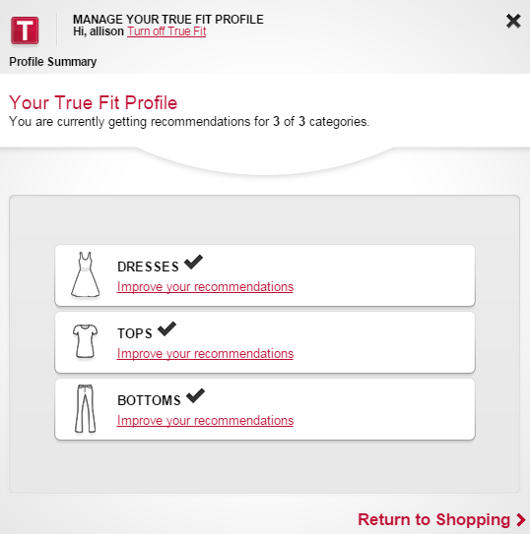
3. Create a sense of urgency.
By creating a sense of urgency for a product, retailers can speed up a consumer's purchasing cycle. This is a tactic brick-and-mortar retailers have been using for decades with limited-time promotions, flash sales and doorbusters. Fortunately, it's easy for online retailers to follow suit.
Not only can retailers feature similar "limited-time only" sales on their websites, but they can also alert consumers of low stock. GameStop, for example, enables site visitors to check the availability of items at local stores, and clearly notifies customers of low-stock items. In doing so, the retailer also features a CTA under the product's availability that makes it easy for consumers to take action quickly by putting the item on hold at a nearby brick-and-mortar location.
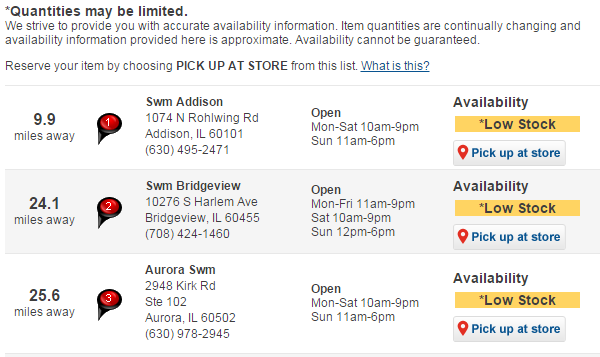
4. Encourage conversion with incentives.
Consumers love a great deal, and merchants who offer purchasing incentives will undoubtedly increase their conversion rates. Incentives can vary from offering free shipping to giving away gifts-with-purchase. The most important part of offering incentives, however, is clearly outlining these incentives for all consumers to see.
A 2014 study from comScore and UPS, for instance, reveals that free shipping has a significant impact on purchasing decisions, with 58 percent of survey respondents indicating they will add items to their shopping carts to qualify for free shipping and 83 percent noting that they will wait an additional two days for delivery if shipping is free. It is important to note that the study found that online retailers' return policies also have an impact on conversion, with 66 percent of respondents stating that they view return policies before making purchases online. This data proves the importance of not only offering incentives like free shipping and returns, but also clearly highlighting these policies on ecommerce sites to help shoppers finalize their purchasing decisions.
5. Show that your business is trustworthy.
It is important that retailers show that their online business is trustworthy, especially because security breaches are becoming a more common occurrence in today's digital world. While instilling trust online can be a difficult task, there are a couple of things that merchants can do to immediately put consumers' purchasing concerns at ease, such as including trust symbols and consumer testimonials on their site.
Take children's retailer Hannah Anderson for example. The retailer shows that it takes security seriously by including the Norton security symbol in the footer of its site. By keeping this symbol in the footer, Hannah Anderson's focus on security is displayed on every page on the site.
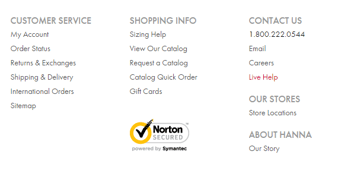
In addition to showing that its site is secure, Hannah Anderson includes reviews on its product pages that are powered by Bazaarvoice. These reviews provide shoppers with unique insights from other consumers, including ratings on product aspects like quality, style and comfort. Moreover, the reviews provide demographic data, such as the gender and age of the reviewer, which makes the reviews more personal, relatable and trustworthy for online shoppers.
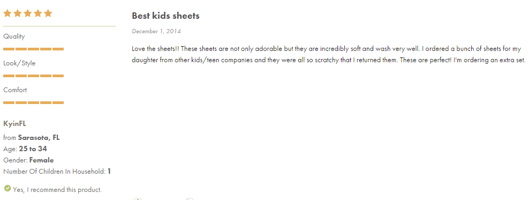
Always Test
The aforementioned strategies are just the tip of the iceberg when it comes to ways that retailers can increase conversions on their ecommerce sites. That said, it is always important to conduct A/B or multivariate tests when making changes to your online storefront, as something as little as the color of a CTA can have a significant impact on a site's overall success.
What other strategies can retailers implement to increase their on-site conversions? Share your ideas in the Comment Section below.








